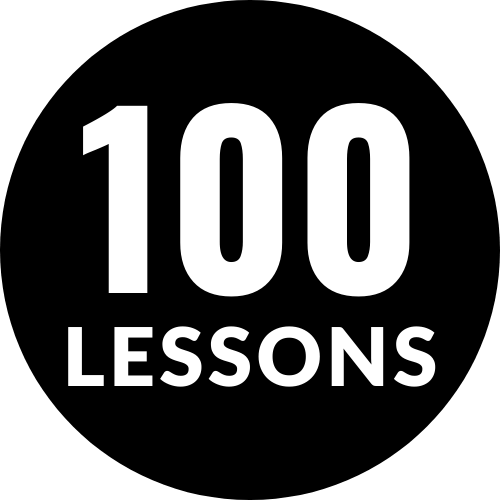The origin of a famous phrase rooted in street corners, paperboys, and breaking news.
Where does the phrase “Extra! Extra! Read all about it!” come from?
Before push notifications and Twitter threads, there was the shout of a paperboy on the street corner, heralding breaking news with urgency and pride: “Extra! Extra! Read all about it!” This iconic phrase wasn’t just marketing—it was a cultural signal that something important just happened.
In the golden age of print journalism, daily newspapers were the primary way people received news. But when monumental events occurred after the regular edition had gone to press—think assassinations, war declarations, stock market crashes—newspapers would rush to print a second edition called an “extra.” It wasn’t a regular update—it was a big deal, a rapid-response burst of information designed to meet the moment.
These extra editions were sold by newsboys, young vendors stationed on street corners, who would shout loudly to attract attention and boost sales. The chant of “Extra! Extra!” was both announcement and advertisement, letting passersby know that this wasn’t just any paper—it was fresh, urgent, and worth stopping for.
“Read all about it!” followed naturally as an invitation: don’t just hear the headline—engage with the full story. In an age without instant replays or livestreams, reading about it was how you entered the moment, how you bore witness from afar.
Over time, the phrase took on a nostalgic charm. As media evolved, so did the methods of breaking news, but the echo of those boys with stacks of ink-smelling papers and raw voices remains. Today, we parody it, reference it in movies, or hear it in musicals like Newsies, where it stands in for urgency, excitement, and a time when news had weight—and it was shouted, not swiped.
So next time you hear someone mimic that famous phrase, remember: it comes from a time when information traveled not through fiber optics, but through lungs, ink, and the grit of children on city sidewalks.

Leave a Reply